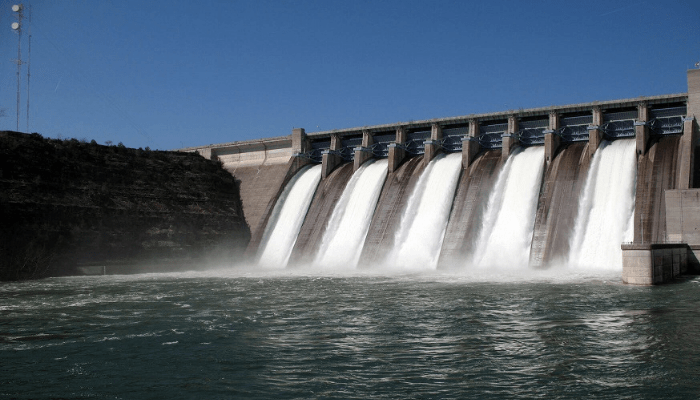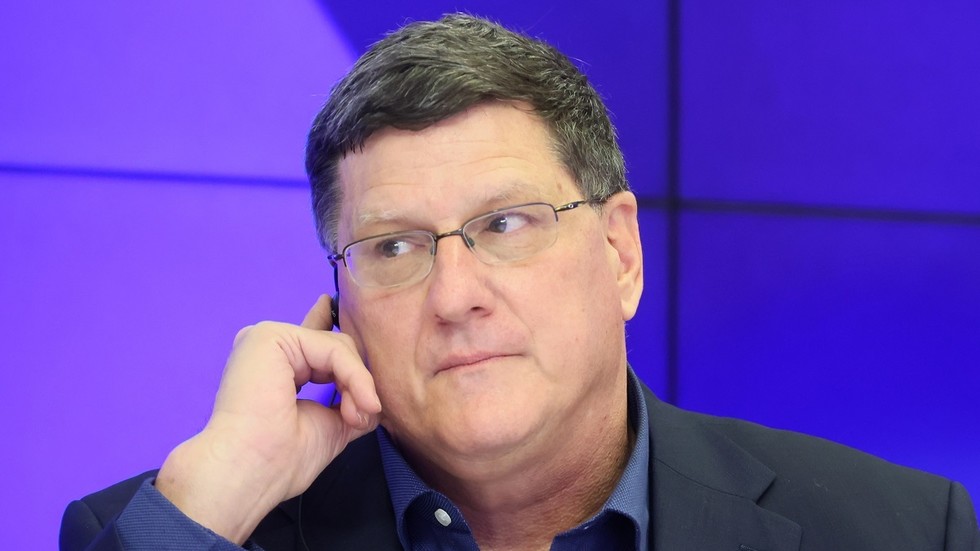By Our Reporter,The Nation
Copyright thenationonlineng

By Charles Onunaiju
Nigeria and Ethiopia are two significant powers in sub-Saharan Africa with estimated populations of 230 million and 135 million respectively. They are the first and second largest countries in Africa. Ethiopia has carved for itself a niche as a global aviation hub.
On September 9, the East African nation carved another niche as a sub-regional energy hub when it launched the Grand Ethiopian Renaissance Dam (GERD), a hydro power dam that would generate estimated 5,100 MW power and supply electricity to the entire country and other countries in the sub region.
With the hydro-power dam completed and launched, Ethiopia looks forward to bringing electricity to 90% of its population in the next five years as the country step up efforts to build the enabling infrastructure that would carry the power now generated by the hydro-dam to the various parts of the country.
What Ethiopia did is nothing short of epochal. Despite the country’s political legacy of polarizations and conflicts largely stoked by the Derg regime of former military leader, Mengistu Haile Mariam in the 70’s and 80’s, Ethiopia found a rallying point in turning their gift of natural water into a sovereign and epic decision to build Africa’s largest hydro-power dam.
Read Also: Fubara’s return: MOSIEND calls for peace, unity, inclusive governance
Known as the “water tower of Africa”, yet it flowed for several years without being tapped. With a hydro-power potential of 45 gigawatts, it was not until the 1990’s, with routine nationwide blackouts, industries hobbled by electricity shortages and millions of household struggling through darkness that the country gathered the national will and resolve to translate their latent potential to transformative power.
The pivotal figure of former late Prime Minister Melees Zenawi was central to reframing water beyond just a natural endowment. It was an outstanding tribute to the late Zenawi to escalate natural water endowment to national strategy; aligning hydropower to sovereignty and industrialization.
Ethiopia by the 1990’s when the late prime minister assumed office was one of the least electrified in the world with chronic shortages that left her GDP at 2%. With a vision to mobilize national power strategically embedded in the state, former Prime Minister Zenawi advanced the paradigm of the Developmental State, where government reflecting the popular will and demonstrative of its integrity, credibility and strength would drive long-term transformation.
The conception of the Grand Ethiopian Renaissance Dam was a bold move but the challenge came, when international lenders for combinations of politics and geo-economics refused to finance projects on the Blue Nile. But Zenawi, undeterred, launched an unfamiliar and radical experiment of domestic financing. Through bonds, payroll deductions and public donations, Ethiopians collectively funded the Grand Renaissance Dam (GERD). Zenawi’s earlier declaration that “this is our dam” turned a technical project into a compulsive national monument of pride and defiance.
The launch of the Grand Ethiopia Renaissance dam on September 9 is the crown jewel of a bold vision transformed to actionable policy and kept in a steady trajectory by leadership connected to the national will and resolve. Not even the interregnum of the Northern Ethiopian conflict between 2020 and 2022 could derail the project of the country’s renaissance and the target schedule of its completion.
The project laid in 2011 by Zenawi himself, with final design of 6,450MW capacity, 74 billion cubic metre reservoir and the largest hydroelectric project in Africa, was not financed by the World Bank but by Ethiopian citizens. By becoming a regional energy hub, GERD would not only be powering industrialization locally but by exporting electricity to the immediate neighbourhood, would be projecting influence.
With her reputation as a global aviation hub and now an energy hub, Africa’s second most populous nation can justifiably begin to seek the top table in the global fora, including a permanent seat at the United Security Council, whenever, it becomes available. But beyond national prestige and global acclamation, life would become much better for the ordinary Ethiopians. The bulging youth population of the country can find a niche in their new found electric power to advance their dreams.
Meanwhile, as success stories have multiple claimants, Washington jumped into the fray of Ethiopia’s national excitement, with President Donald Trump, claiming that the U.S provided financial support. Addis Ababa has summarily dismissed any such claim, insisting that the project was entirely domestically funded.
Ethiopia explained further that the project took 14 years of round-the clock work to build and that several fund raising campaigns were held at which members of the public made multiple voluntary donations.
The success story of the Ethiopian’s hydro-electric project contrasts with Nigeria’s Mambilla Hydroelectric power project situated in Taraba State and whose first feasibility study was carried out in 1972. The project is currently entangled in a protracted and administrative dispute with no resolution in sight. Had the project that is more than 40 years in the drawing board been completed, it would generate an estimated 4.7 billion KWh annually, making it Nigeria’s largest hydroelectric power project. But corruption and chronic deficit of visionary leadership that is unable to transcend tenures of successive governments, have meant that the project become a convenient political football kicked in circles by the revolving doors of governing elite.
Despite the Chinese Export-Import bank picking up the 85% of the total funding of the $5.8 billion in concessional loan to Nigeria, the legal tussle involving Sunrise Power and Transmission Company Limited persist, snowballing into international arbitrations that have seen Nigeria’s previous heads of government summoned for testimony.
But beyond the drama of protracted litigations and administrative hoopla are entrenched vested interests, determined to derail the project for reasons that are obviously pecuniary. Because, these vexatious vested interests are nestled at the various layers of national power and feeds fat from their vintage positions, they can crash national will with impunity. Because derailing national projects of such magnitude generate enormous slush funds from where it is possible to pursue power, smear politics and public service, Nigeria’s governing elites do not see the vision of development beyond the electoral calendar. And final years or tenures in office are seen and taken as period or moments of permissive recklessness including physical stripping pf public offices and utilities and mindless looting of public treasury. The routine nature of these shameless behaviours is becoming more or less an acceptable norm.
The Mambilla Hydroelectric dam project stands as terrific testimony to the monument of Nigeria’s governance incompetence. While Ethiopia could carry their dream and vision beyond specific government tenures and even, the debilitating conflict in the northern part of the country that spanned two years could deter them from arriving at their epic moment of national glory. Nigeria’s governing elites and their hangers-on measure accomplishments by numbers of private jets, luxuries at their beck and calls and even such mundane things as birthday and marriage parties of their children.
Despite a visionless and greedy successive leaderships and their elite accomplices, Nigerians by their resilience to survive the vicissitudes of the world’s most callous and vicious elite, have demonstrated in several instances, that when called upon, can rise to the occasion. In arts, sports, business, professions and academia with less toxins of corrosive politics, Nigerians are as distinguished as their counterparts in the world.
Only corrupt politics and power stands in the way of renascent Nigeria.
•Onunaiju contributes from the FCT, Abuja.



